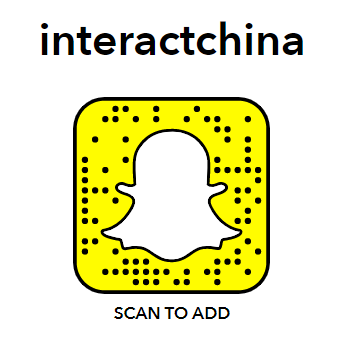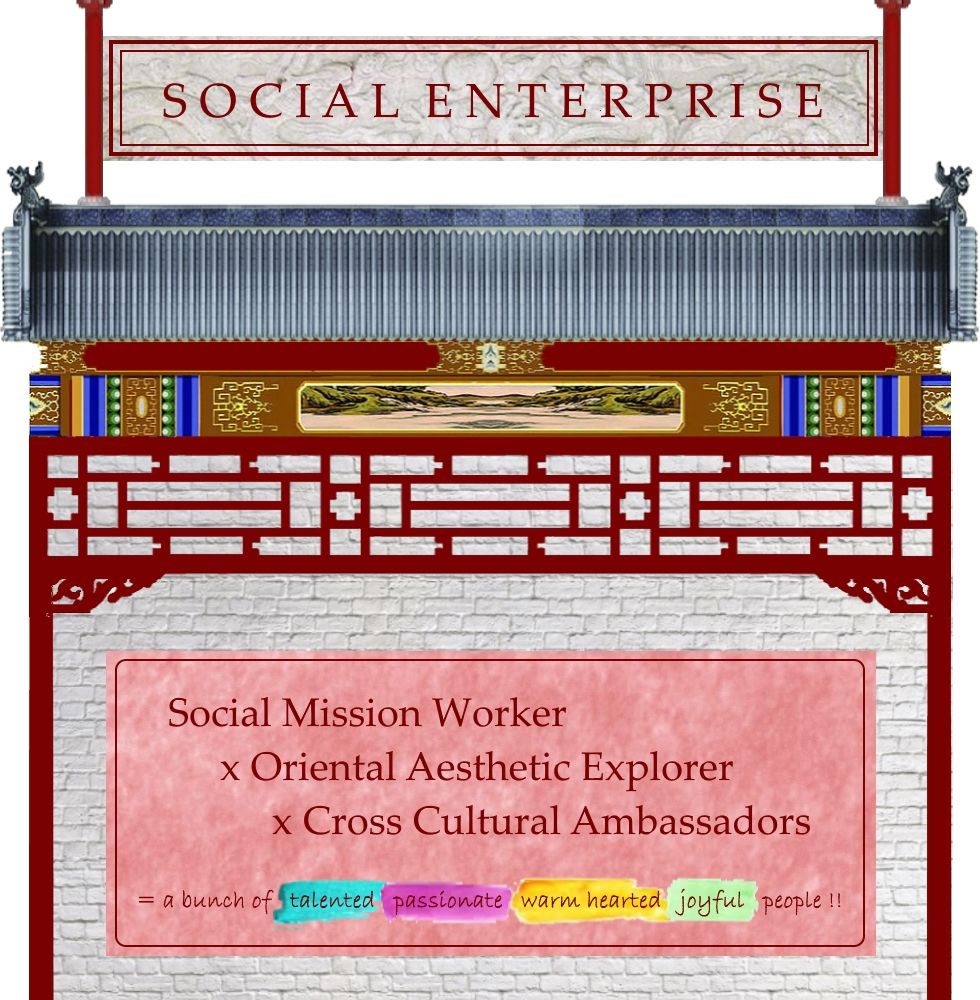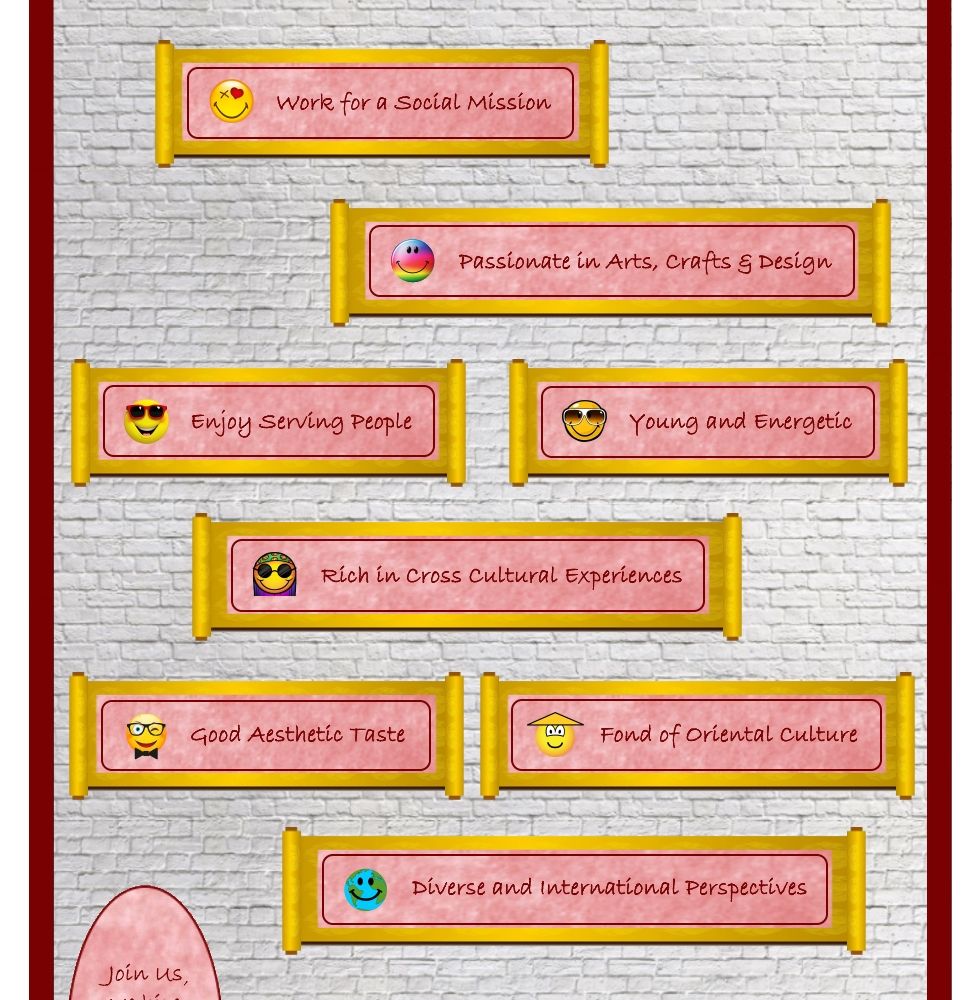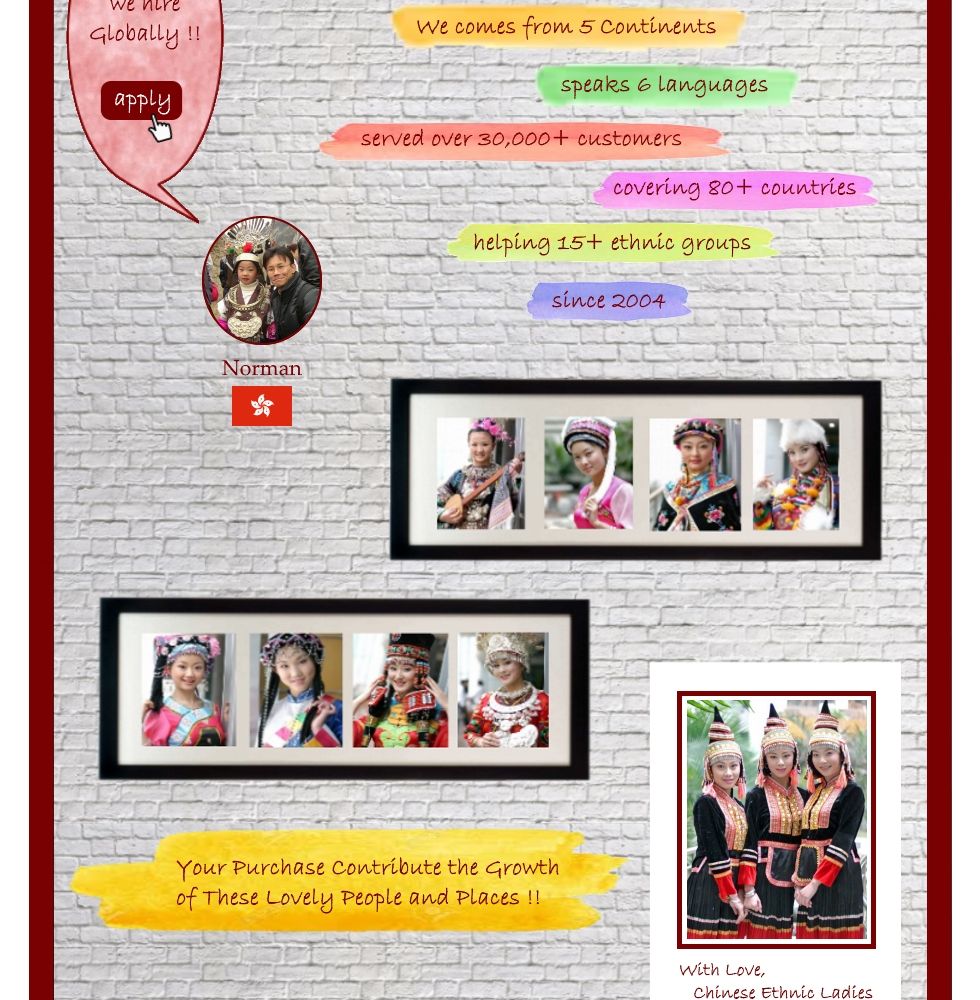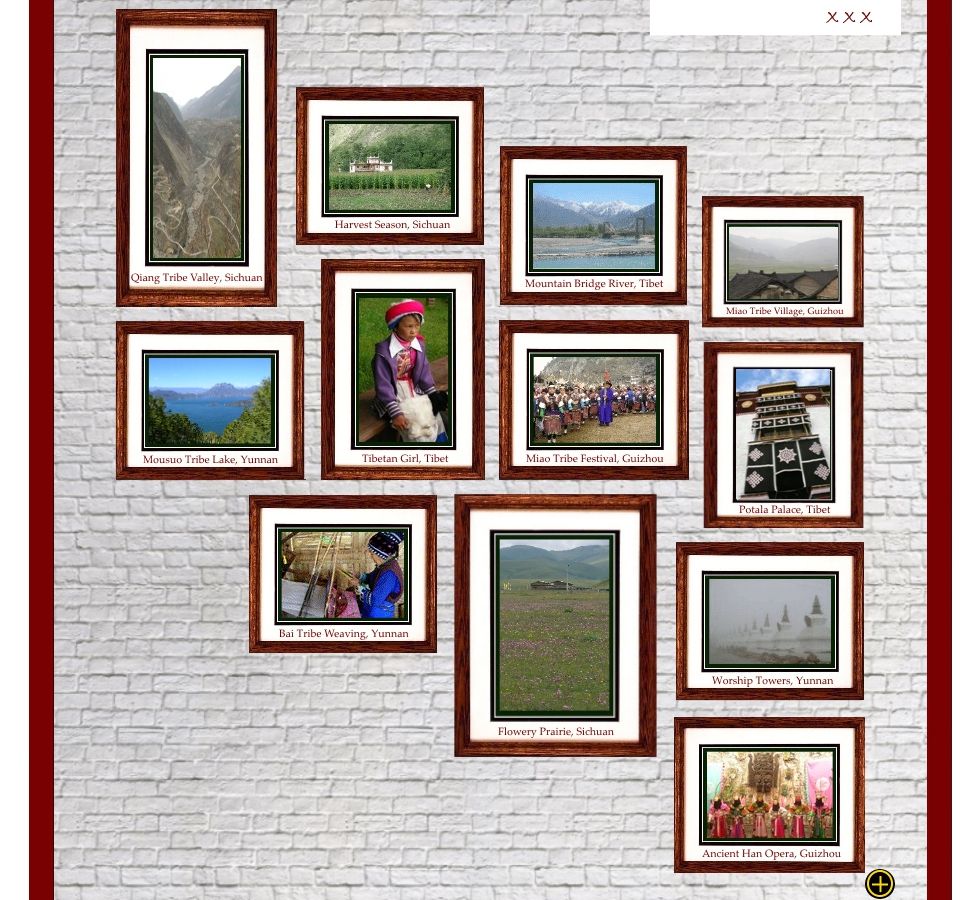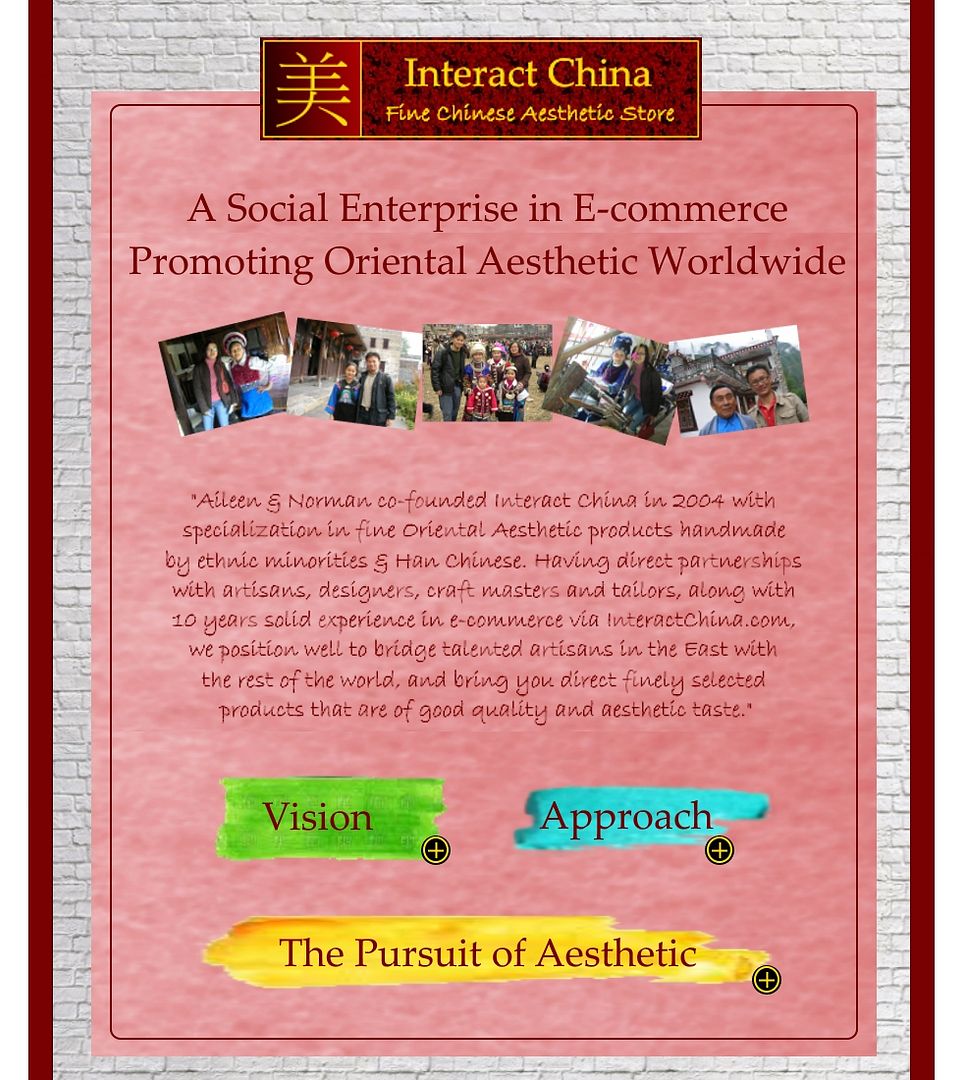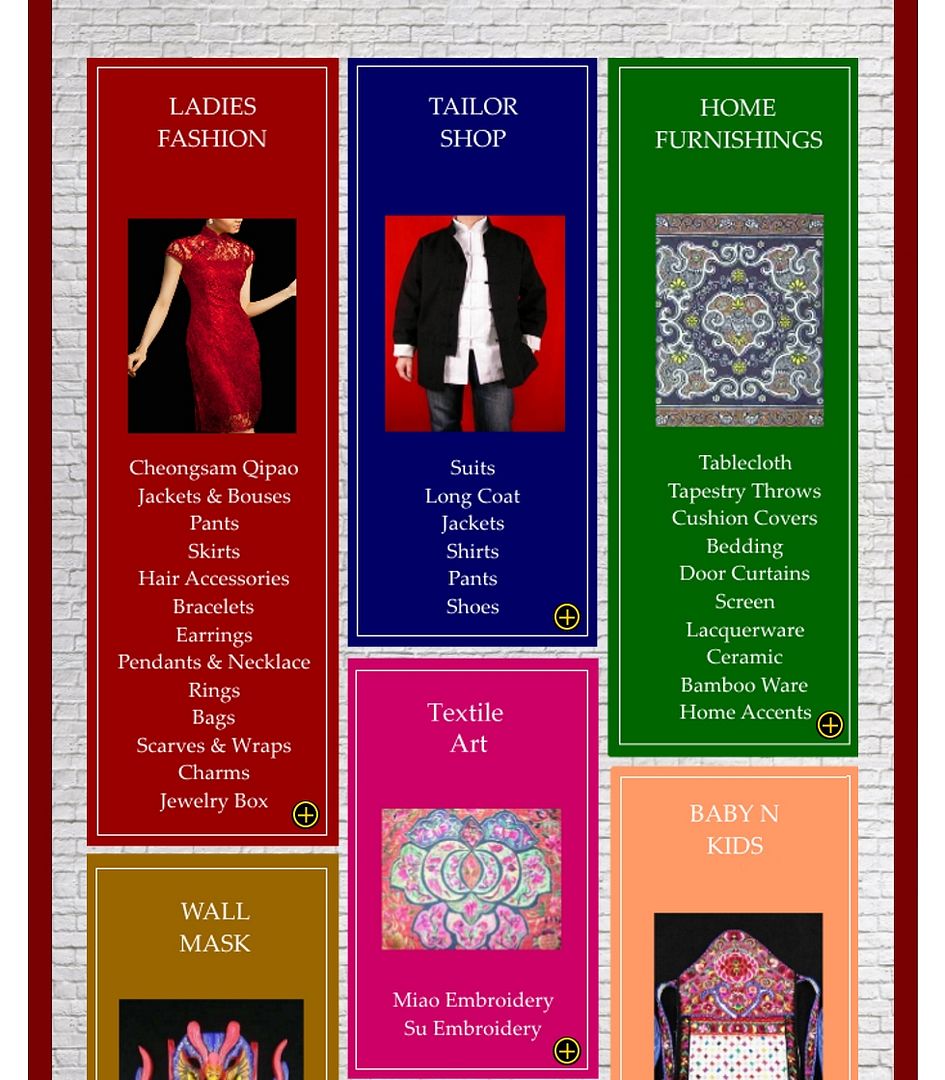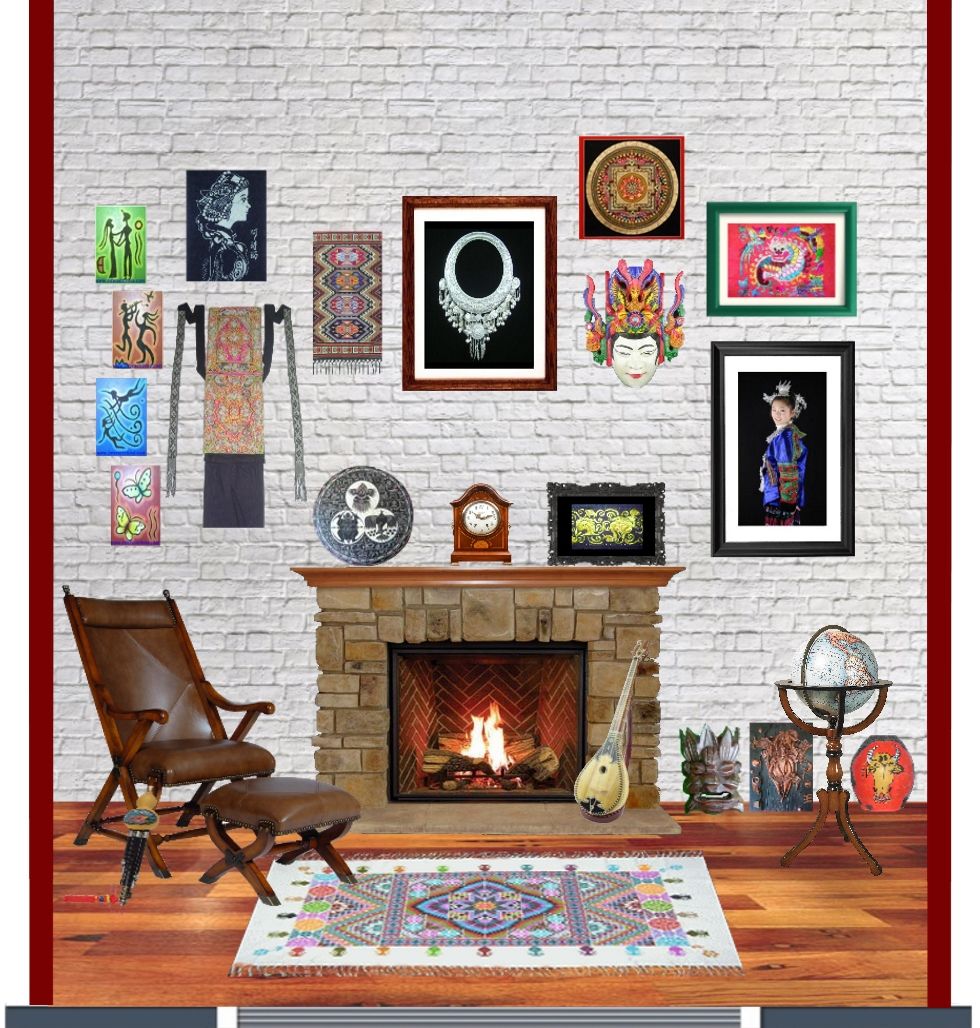Tibetan Thangka Painting- Wheel of Life
8th Jun 2017
Thangka served as important teaching tools depicting the life of the Buddha, various influential lamas and other deities and bodhisattvas. One popular subject is The Wheel of Life, which is a visual representation of the Abhidharma teachings (Art of Enlightenment).
The Wheel of Life (called the Bhavachakra in Sanskrit) represents the cycle of birth and rebirth and existence in samsara. In the Tibetan Buddhist tradition, it is believed that the drawing was designed by the Buddha himself in order to help ordinary people understand the Buddhist teachings.

The Figure Holding the Wheel: Impermanence

The wheel is being held by a fearsome figure who represents impermanence. This figure is often depicted as Yama, the lord of death. The meaning is that the entire process of cyclic existence (samsara) is transient; everything within this wheel is constantly changing.
Hub
 In the hub of the wheel are three animals: a pig, a snake, and a bird.
In the hub of the wheel are three animals: a pig, a snake, and a bird.
The pig stands for ignorance; this comparison is based on the Indian concept of a pig being the most foolish of animals, since it sleeps in the dirtiest places and eats whatever comes to its mouth. The snake represents aversion or anger; this is because it will be aroused and strike at the slightest touch. The bird represents attachment (also translated as desire or clinging). The particular bird used in this diagram represents an Indian bird that is very attached to its partner. These three creatures chase and bite each others tails, giving rise to the endless cycle or becoming.
The Second Layer
 The second layer of the wheel shows two-half circles:
The second layer of the wheel shows two-half circles:
One half-circle (usually light) shows contented people moving upwards to higher states, possibly to the higher realms.
The other half-circle (usually dark) shows people in a miserable state being led downwards to lower states, possibly to the lower realms.
Third Layer: Six Realms

These six realms can be divided into three higher realms and three lower realms.
The three higher realms are:
The three lower realms are:
Outer Rim: The Twelve Links

The outer rim of the wheel is divided into twelve sections that represent the Twelve Links of Dependent Origination.
The twelve causal links, paired with their common visual representations, are:
- ignorance – a blind person, often walking, or a person peering out
- volitional action or conditioning – a potter shaping a vessel or vessels
- consciousness – a man or a monkey grasping a fruit
- name and form- two men afloat in a boat
- six senory organs (i.e. eye, ear, nose, tongue, body, and mind) – a dwelling with six windows
- contact or touch – lovers consorting, kissing, or entwined
- sensation – an arrow to the eye
- desire, craving, thirst – a drinker receiving drink
- grasping – a man or a monkey picking fruit
- becoming or existence – a couple engaged in intercourse, a standing, leaping, or reflective person
- birth – woman giving birth
- decay and death – corpse being carried
Top

At the top right of the painting is the paradise of Amitabha. A pathway leads from the judgment hall of the dead in the hell realm to Amitabha’s paradise, along which those being with the most fortunate Karma proceed. At the top left is Shakyamuni Buddha who, having attained liberation from the wheel of existence, points towards his perfect wheel of the Buddhadharma.
by Xiao Xiao @ InteractChina.com
About Interact China
-----------------------------------------------------------------------------------------------------------------------------
"A Social Enterprise in E-commerce Promoting Oriental Aesthetic Worldwide"
Aileen & Norman co-founded Interact China in 2004 with specialization in fine Oriental Aesthetic products handmade by ethnic minorities & Han Chinese. Having direct partnerships with artisans, designers, craft masters and tailors, along with 10 years solid experience in e-commerce via InteractChina.com, we position well to bridge talented artisans in the East with the rest of the world, and bring you direct finely selected products that are of good quality and aesthetic taste.
So far we carry 3000+ goods covering Ladies Fashion, Kungfu Clothing, Home Furnishings, Babies & Kids, Painting Arts, Textile Arts, Carving Arts, Tribal Jewelry Art, Wall Masks and Musical Instruments. Our team speak English, French, German, Spanish and Italian, and serve customers worldwide with passion and hearts.
-----------------------------------------------------------------------------------------------------------------------------
P.S. We Need People with Similar Passion to Join Our Blogging Team!
If you have passion to write about Oriental Aesthetic in Fashion, Home Decor, Art & Crafts, Culture, Music, Books, and Charity, please contact us at bloggers@interactchina.com, we would love to hear from you!






